Higher classification Ranunculaceae | Scientific name Hepatica Rank Genus | |
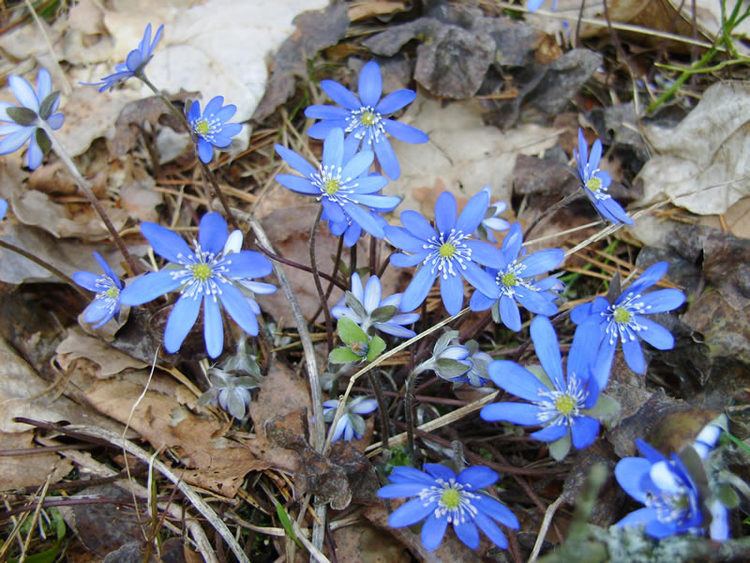 | ||
Similar Trollius, Anemone, Eranthis, Solomon's seal, Doronicum | ||
Interesting plants of mcconnells mill hepatica club moss
Hepatica (hepatica, liverleaf, or liverwort) is a genus of herbaceous perennials in the buttercup family, native to central and northern Europe, Asia and eastern North America. Some botanists include Hepatica within a wider interpretation of Anemone.
Contents
- Interesting plants of mcconnells mill hepatica club moss
- Hepatica
- Etymology
- Description
- Cultivation
- Propagation
- Herbalism
- Species
- Series with smooth leaf edge Triloba
- Series with crenated leafs Angulosa
- References
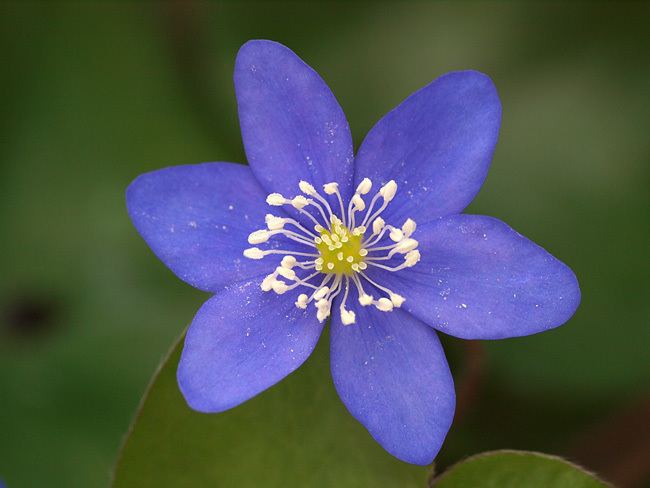
Hepatica
Etymology

The word hepatica derives from the Latin hepaticus (liver), because the three-lobed leaf was thought to resemble the human liver.
Description
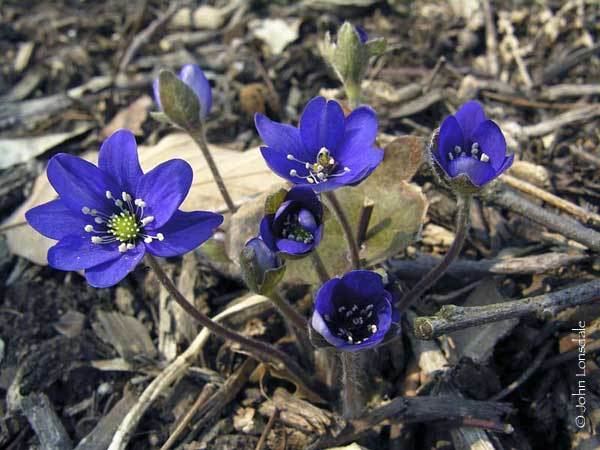
Bisexual flowers with pink, purple, blue, or white sepals and three green bracts appear singly on hairy stems from late winter to spring. Butterflies, moths, bees, flies and beetles are known pollinators.
The leaves are basal, leathery, and usually three-lobed, remaining over winter.
Cultivation
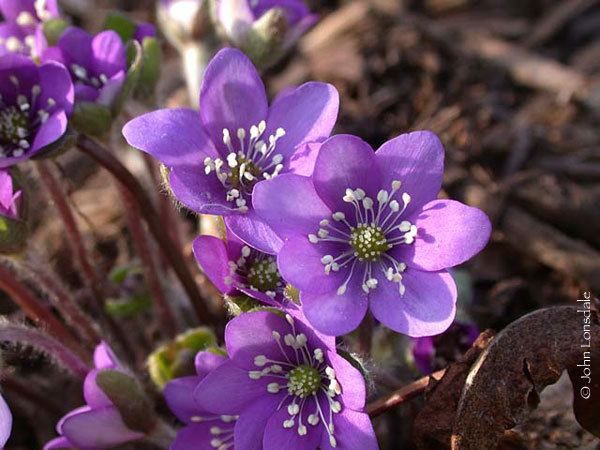
Hepatica cultivation has been popular in Japan since the 18th century (mid-Edo period), where flowers with doubled petals and a range of colour patterns have been developed.

Noted for its tolerance of alkaline limestone-derived soils, Hepatica may grow in a wide range of conditions; it can be found either in deeply shaded deciduous (especially beech) woodland and scrub or grassland in full sun. Hepatica will also grow in both sandy and clay-rich substrates, being associated with limestone. Moist soil and winter snowfall is a requirement; Hepatica is tolerant of winter snow cover, but less so of dry frost.
Propagation
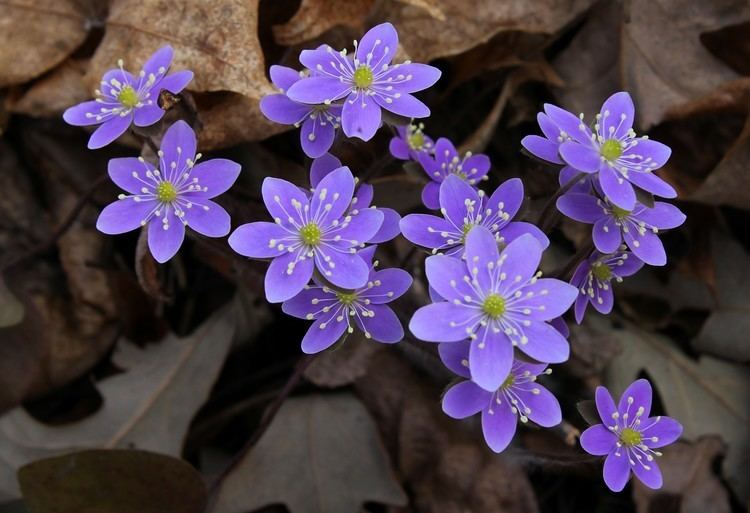
Propagation is done by seeds or by dividing vigorous clumps in spring. However, seedlings take several years to reach bloom size, and divided plants are slow to thicken.
Herbalism
Hepatica is named from its leaves, which, like the human liver (Greek hepar), have three lobes. It was once used as a medicinal herb. Owing to the doctrine of signatures, the plant was once thought to be an effective treatment for liver disorders. Although poisonous in large doses, the leaves and flowers may be used as an astringent, as a demulcent for slow-healing injuries, and as a diuretic.
Species
The known hepatica species can be divided into two series with respect to the leaf shape. The leaves of the series Triloba Ulbr. Tamura: are three-lobed with an smooth leaf edge. The series Angulosa (Ulbr.) Tamura are three- to five-lobed and leaf margin is mostly serrated. Between one and ten species of Hepatica are recognised, with some of the taxa more often treated as varieties:
